
Smart Ways to Deal with the Scars Caused By Hair Transplant Surgery
- Mar 29, 2018 by Admin
- Shares
Scar anywhere in the body can cause distraction and annoyance to anybody who bears them. They spoil the outlook of charm and beauty if your face has one. Even if we go in for a hair transplantation, there could be scars evident on the head and literally, they show you had an FUT done. As follicular unit transplantation involves extracting a strip of hair follicle bearing skin from the donor areas of the scalp or the back side of the head for graft implantation, a linear scar becomes present. Most often the scars fade away in about a month and become perished totally in a few months however, if precautions advised by the doctor are not exercised, it can lead to increase in width of the scar. There are smarter ways to deal with such scars:
Don’t crop your hair too close: FUT scars are easy to hide if you don’t cut your hair close by. A slightly longer mane will ensure your minute scar line is hidden before it totally fades away. The longer the hair, the more obscured the scar will be.
Skin massage: Patient can do light pinching of sutured stitch site after 3 weeks to improve the laxity of the skin and reduce the scar thickness. Coconut oil is a natural mineral that gives the required level of moisture to the skin and can be applied to the head to make it softer and shinier.
SCAR REPAIR METHODS:
We have different methods to treat scars caused by hair transplant surgery and some of them are listed below:
Graft your FUT scars:
Doctors who treat patients having had multiple transplants done or FUT can use their expertise to apply the grafts into the scar area using FUE so that linear scar also become less visible and can be camouflaged. Since FUE is a natural technique, the hair wil grow back like normal hair and cover the scar. But the technique requires that adequate blood supply is available to the scar area as the follicles are able to adapt to the area when they get nutrition from blood veins, produce new hair, and not die, only possible when there is blood supply.
Trichophytic Closure:
Unlike the traditional method of just suturing the two sides back together usually done after a strip excision method, trichophytic closure is an advanced version of skin closure. It is used to reduce the donor site scar that is caused when strip excision is used for harvesting. Being an radical surgical method of skin closure, it helps the scalp to heal tightly with as little visibility as possible after a hair transplantation is had. In this method, the upper and lower edges of the strip harvest site are carefully trimmed and then stapled. Thus the scar is camouflaged faster than the usual method and has amazing results.
Scalp Micropigmentation (SMP)
Everbody is aware of tattooing the skin and here if you have a space of hairless area after an FUT, then a simple cosmetic procedure like SMP will hide your scalp scars. It is a tattooing technique using fine dots that resemble the appearance of very short hair in the scalp and thus, they easily camouflage the hairless skin on the scar.
From the points above, we can very well conclude that preventing a scar is only possible through FUE. Being a little expensive over FUT, there is literally no scarring and the scalp area can be easily camouflaged. Getting a good operation doesn’t just confine to good equipment but a good professional doctor too, it is the second most important thing to choose the surgeon carefully.
FUT definitely requires stripping but talking about FUE scars, they happen by extraction of individual hair follicles from the donor areas where the patient is left with small dot-like circular scars in the donor site. Since the grafts are extracted using a precision tool, FUE is a minimally invasive hair transplant technique. Based on the number of hair follicles needed for the transplant, the scars can vary in different patients. Still compared with FUT, FUE scars are less evident both in the donor as well as transplanted area of the scalp.
Scar recovery can depend from body to body. While older men can have longer time to heal, younger people’s healing process can be much faster. So the expertise of the surgeon is essential for FUT as he can place and angle the grafts in a way that they follow the natural growth pattern of the surrounding hair, and make the tr
Latest Post
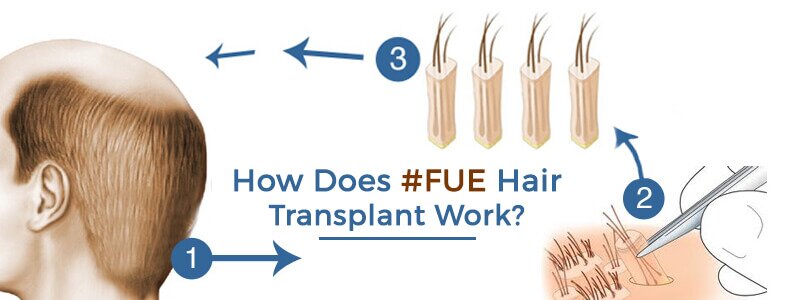
How Does FUE Hair Transplant Work...
Apr 10, 2018
Latest Post

How to Choose a Hair Transplant Clinic?...
Apr 07, 2018
Latest Post
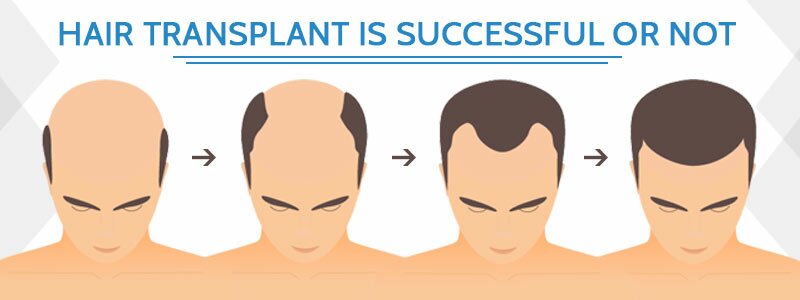
Hair Transplant is Successful or Not...
Apr 07, 2018
Latest Post

Smart Ways to Deal with the Scars Caused...
Mar 29, 2018
Latest Post

What Do You Need to Know about Hair Tra...
Feb 07, 2018
Latest Post

4 Things You Need to Know About Hair Tra...
Feb 02, 2018
Latest Post
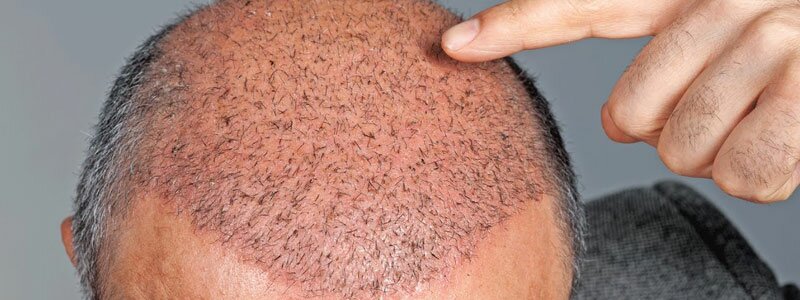
Myths About the Side Effects of Hair Tra...
Feb 02, 2018
Latest Post
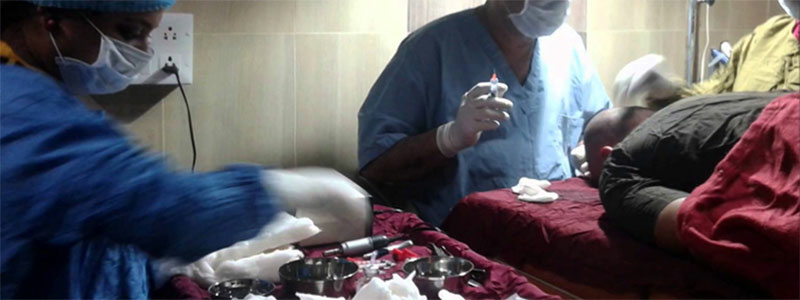
Hair Transplant Made Simpler and Afforda...
Feb 02, 2018
Latest Post

Can Mesotherapy and PRP Stimulate Hair G...
Dec 12, 2017
Latest Post
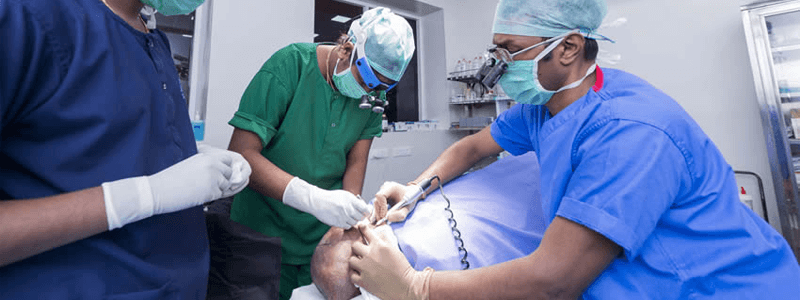
Clear your Doubts! for Hair Transplant S...
Oct 01, 2017